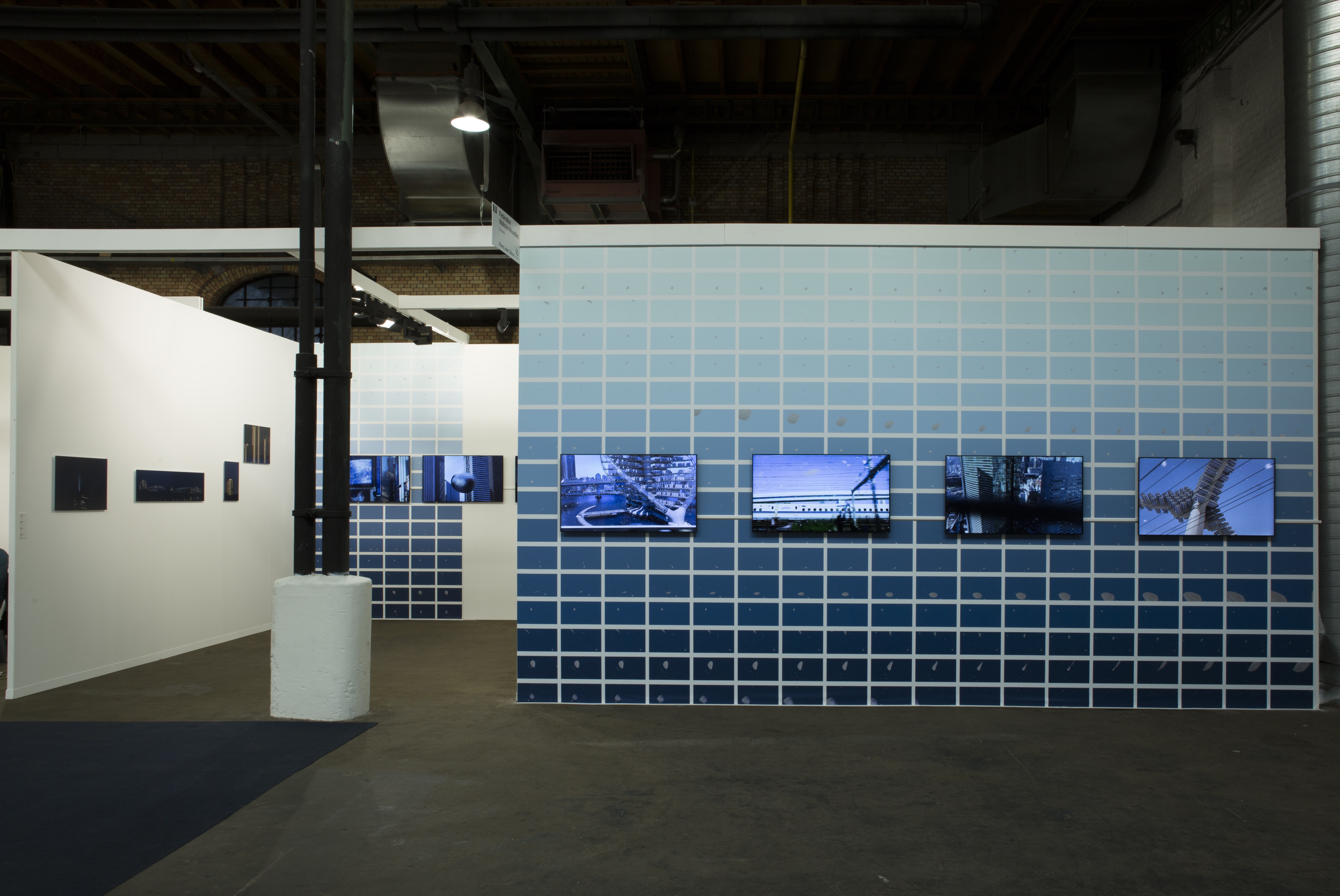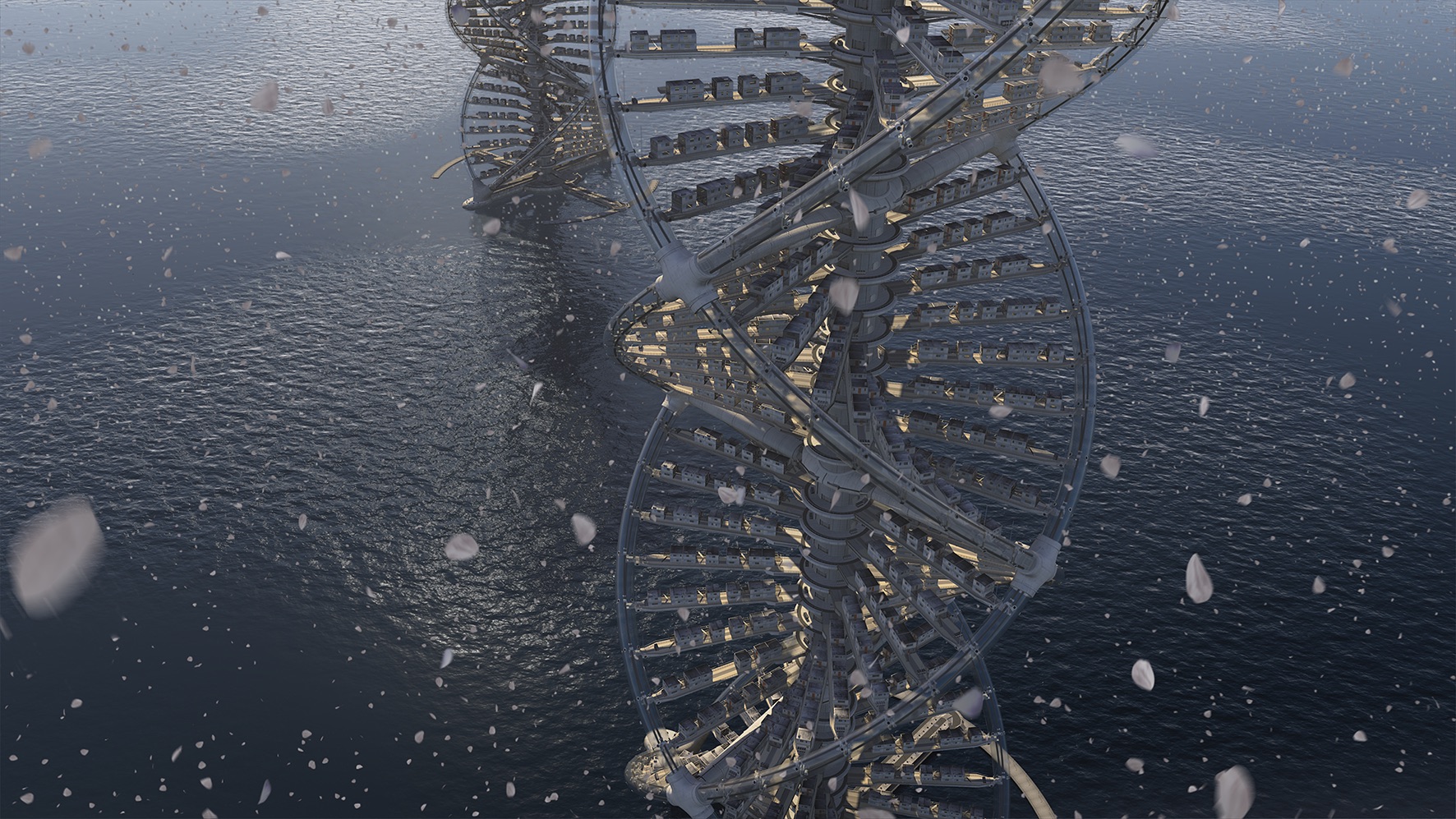INVISIBLE CITIES, 2015-2017 BY PIERRE JEAN GILOUX – 19.04 > 22.04.2018
METABOLISM # PART 1 – JAPAN PRINCIPLE # PART 2 – SHRINKING CITIES # PART 3 – STATIONS # PART 4
4 FILMS – PHOTOGRAPHS – WALLPAPER INSTALLATION
PRESENTATION CURATED BY GREGORY LANG
IN ART BRUSSELS – TOUR & TAXIS – STAND D11 FEDERATION WALLONIE-BRUXELLES

© Adagp – Pierre Jean Giloux – ‘Invisible Cities”, 2015-2017 – Stand Fédération Wallonie-Bruxelles – Art Brussels 2018 Courtesy the artist and Solang Production Paris Brussels
FR
Gregory Lang, curator, art producteur et art consultant, fondateur de Solang Production Paris Brussels, est heureux d’annoncer la nouvelle présentation de Invisible Cities, 2015-2017 sur Art Brussels, stand D11 de la Fédération Wallonie-Bruxelles, une production du Service des Arts plastiques contemporains, du jeudi 19 au dimanche 22 avril 2018.
EN
Gregory Lang, Curator, Art Producer and Art Consultant, founder of Solang Production Paris Brussels, is pleased to announce the new presentation of Invisible Cities, 2015-2017, in Art Brussels, stand D11 of The Federation Wallonia-Brussels, a production by the Department of contemporary art, from Thursday April 19th to Sunday 22nd.
Exhibition views at the gallery : www.richardtaittinger.com
#invisiblecities2015-2017
#gregorylangsolang
#pierrejeangiloux
Artist website: pierrejeangiloux.com
Producer website: solang.fr
FWB website : www.artsplastiques.cfwb.be
COMING SOON
Invisible Cities, Machinami – Japanese urban landscape
1rst monographic publication, 208 pages – Published in June 2018
Texts by Elie During, Ingrid Luquet-Gad, Pierre Musso, Vincent Romagny
Zéro 2 éditions – Solang Production with support of ADAGP, Fédération Wallonie-Bruxelles FWB, Le Carré Centre d’art contemporain, Château Gontier, Collection Pierre Darier, Cologny, and Photo Macau.

© Adagp – Pierre-Jean Giloux, Metabolism # Invisible Cities # part 1, 2015 – video still.
Courtesy the artist and Solang Production Paris Brussels.
Pierre Jean Giloux
Invisible Cities 2015-2017
Metabolism # part 1 – Japan Principle # part 2 – Shrinking Cities # part 3 – Stations # part 4
4 full HD videos with soundtracks + Photographs series + Wallpaper installation
curator Gregory Lang
Presentation in Art Brussels 2018 – Stand D11 Fédération Wallonie Bruxelles – Tour & Taxis
FR
Invisible Cities est une tétralogie, qui s’inspire du mouvement utopiste des métabolistes 1960-70. Ce cycle de films interroge les notions de paysages (machinami) et rassemble plusieurs portraits de villes japonaises, Tokyo, Yokohama, Osaka, Kyoto. Il est proche de ce que l’on appelle « la réalité augmentée » car il superpose des images de réalités urbaines et sociales, filmées et photographiées à des images virtuelles. Montrer le Japon contemporain en utilisant des formes plastiques hybrides résulte du choix d’utiliser les outils technologiques qui le constituent, dans le but de mieux le restituer. Ces villes éclectiques, villes laboratoires où l’architecture et l’urbanisme sont en perpétuels devenirs, impliquent un dialogue entre réel et fiction. Les techniques numériques utilisées pour réaliser ce projet se basent sur des hybridations d’images photographiques, vidéo et de synthèses, associées à une composition sonore créée en collaboration avec Lionel Marchetti.
Invisible Cities se clôture avec le film Stations # part 4 qui est un voyage réel et fictif dans les paysages urbains et naturels de la région d’Osaka : le Kansai. Le film explore l’utopie des Métabolistes (1960-70) dans une reconstruction virtuelle de l’exposition universelle d’Osaka 70 et nous invite à un parcours mémoriel qui nous fait traverser les sites historiques de Nara et Kyoto pour nous amener aux portes de la cité lacustre « Biwako Machi », une ville virtuelle créée par l’artiste sur le Lac Biwa selon les préceptes des accords du Protocole de Kyoto.
Projet curatorial de Gregory Lang, producteur des films.
Une initiative de la Fédération Wallonie-Bruxelles. Une production du Service des Arts plastiques contemporains.
4 films produits par Solang Production Paris Brussels, en coproduction avec S.O.I.L., Bruxelles, avec le support du Centre National du Cinéma CNC-Dicréam, Centre national des arts plastiques CNAP, Le Carré – Centre d’art contemporain, Château Gontier (FR), Fédération Wallonie-Bruxelles FWB, Vlaams Audiovisueel Fonds VAF (BE), la Collection Pierre Darier, Cologny (CH), en partenariat avec l’Ecole nationale supérieure d’architecture ENSA, Nantes (FR), Koganecho Bazaar, Yokohama, l’Institut français du Japon, et la Villa Kujoyama, Kyoto, avec la Fondation Bettencourt Schueller (JP).
EN
Invisible Cities is a tetralogy inspired by in the 1960-1970s Metabolist utopist movement. This cycle of films questions the notion of landscape and brings together several portraits of Japanese towns (machinami): Tokyo, Yokohama, Kyoto, Osaka. It is close to what is called “augmented reality” as it combines digital 3D or 2D with images of social and urban reality, filmed or photographed. The choice of presenting Japan through hybrid plastic shapes results from the use of the technological tools that constitute it, with the goal of recreating it. These eclectic cities are sorts of laboratories where architecture and urbanism remain in perpetual evolution to entail a dialogue between reality and fiction. The digital techniques used to create this project are based on the hybridization of photographic, filmed and computer-generated images, and are combined with a sonic composition by Lionel Marchetti.
The cycle Invisible Cities terminates with the film Stations # part 4, a real and fictional travel through urban and natural landscapes of the Osaka region: the Kansai. The film explores the utopia of the Metabolist movement (1960-70s) in a virtual reconstruction of the “Osaka 70” World Exposition. It invites us to a memorial journey into the historical sites of Nara and Kyoto, towards the doors of the “Biwako Machi” lake city, a virtual town created by the artist on the Biwa Lake, elaborated following the guidelines of the Kyoto Protocol.
Project curated by Gregory Lang, producer of the films.
4 films produced by Solang Production Paris Brussels, in coproduction with S.O.I.L., Brussels, with support by Centre National du Cinéma CNC-Dicréam, Centre national des arts plastiques CNAP, Le Carré Centre d’art contemporain, Château Gontier (FR), Federation Wallonia-Brussels FWB, Vlaams Audiovisueel Fonds VAF (BE), Collection Pierre Darier, Cologny (CH), and partnership of Ecole nationale supérieure d’architecture ENSA, Nantes (FR), Koganecho Bazaar, Yokohama, Institut français in Japan, and Villa Kujoyama, Kyoto, with Fondation Bettencourt Schueller (JP).
NEWS
Festivals:
-Rencontres Internationales Paris/Berlin 10.04 > 16.04.2018
-20th SSFF Short Shorts Film Festival & Asia, Tokyo 04.06 > 25.06.2018
-27th Festival Côté Court (Japanese focus), Pantin – Paris 06.06 > 16.06.2018 (Laureate of the 25th Edition)
Publication:
Stand ADAGP: 1rst Monographic publication with Zéro2 éditions.
Texts by Elie During, Ingrid Luquet-Gad, Pierre Musso, Vincent Romagny
-FILAF Festival international du livre d’art et du film, Perpignan 18.06 > 24.06.2018
Installation + publication
-Zoo Galerie, Nantes 27.06 > 27.07.2018
Artist website: pierrejeangiloux.com
Producer website: solang.fr
FWB website : www.artsplastiques.cfwb.be